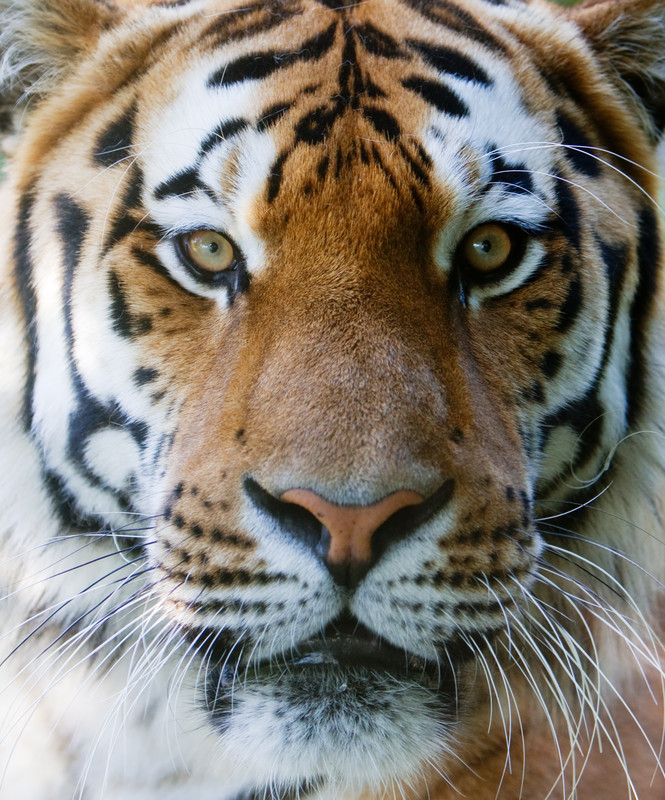 Chinese Herbal Medicine is the culmination of 5000 years of clinical experience and a major part of Traditional Chinese Medicine (TCM.) It uses natural substances to treat the imbalances that lead to illness or to strengthen the body and prevent disease.
Chinese Herbal Medicine is the culmination of 5000 years of clinical experience and a major part of Traditional Chinese Medicine (TCM.) It uses natural substances to treat the imbalances that lead to illness or to strengthen the body and prevent disease.
Today, there are over 450 substances commonly used in Chinese Herbal Medicine. Some of the ingredients you may find in your kitchen, such as ginger, garlic and cinnamon, others are common flowers like chrysanthemum and peony. And many of the plants you may never heard of before; chai hu (bupleurum), di huang (rehmannia). While most of the substances are of plant origin not all are. Some are minerals and some are of animal origin.
There is a very close relationship between Chinese herbal medicine and diet. Many of the herbs are common foods and food therapy is based on the same principles as herbal medicine foods are just more subtle and and gentle.
The herbs maybe prepared in many forms they may be raw and need to be cooked they may be in pre-cooked powders, pills pastes, tinctures or wines. They are often applied externally as well as internally.
One of the major differences in Chinese Herbal Medicine compared to other herbal medicines. Is that the herbs are not only known for the symptoms they can treat, they are also understood based on the study and understanding of the bodies Qi and meridian system. So herbs are often applied in ways that could not be achieved by symptom prescription only. They are also usually prescribed in synergistic formulas where the results of the formula achieve more than the individual herbs would indicate. The formulas have a long history of use and sometimes contain a great number of herbs (12 or more) the herbs are combined in a manner to improve effectiveness and reduce side effects. Some people are familiar with a so called healing crisis where symptoms worsen before improving. This generally does not happen with Chinese Herbal Medicine due to the use of these formulas.
 Conservation and Chinese medicines
Conservation and Chinese medicines
Our practice fully supports the conservation of both plants and animals and prevention of cruelty to animals. We do not use Bear, Tiger, Rhinoceros or Musk deer in our treatments. Nor do we use endangered wild herbs.
Diet Therapy
We use a combination of TCM Diet and Functional medicine or Ancestral diet principles in our approach to healthy eating. It takes into account traditional practices, natural food sources and modern research.
Ancestral diet
Focuses on type of diet humans evolved with. It understands that we had millions of years eating certain foods while others are much more recent and we are not so well adapted to them. It is particularly important in relation to modern chronic illnesses and to its effect on the microbiome.
Chinese Dietary Therapy
The first texts on dietary therapy date back about 4000 years, and focused on the importance of practitioners advice in maintaining health and preventing disease. What makes the TCM dietary approach different is that it is based on the same understanding as herbal medicine. In fact many Chinese herbs are also foods such as ginger, garlic or adzuki beans and many times herbs (particularly tonic herbs) were added to soups or meals at the first stages of an illness or for recovery post illness. The energy from foods, as with herbs enter the acupuncture channels and benefit certain internal systems more that others. Both foods and herbs are generally grouped into yin/yang, And into five flavour groups which tend to relate to the major internal systems of the body. On top of that they both are associated with beneficial or detrimental effects. The major difference with herbs is they are more potent. However that also means they are more easily able to disturb the balance and cause health problems when used incorrectly.
